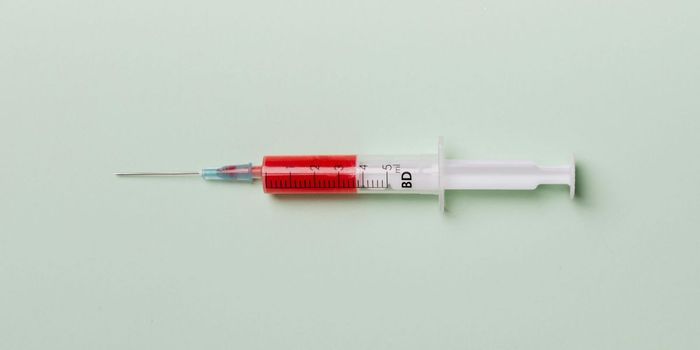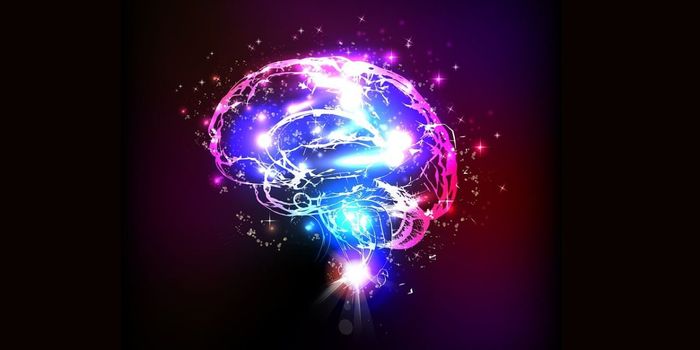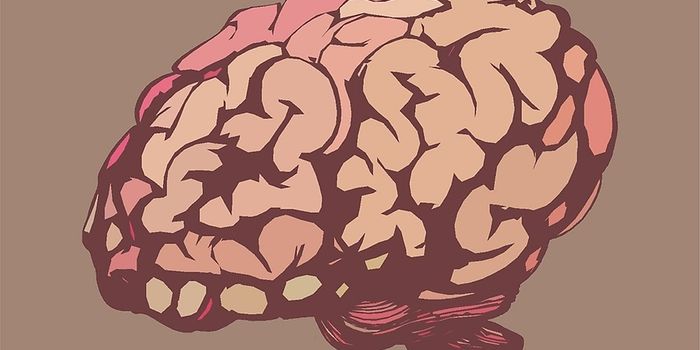How Exactly Does General Anesthesia Work?
General anesthesia is a medical miracle that enabled millions of patients to have life-saving surgeries without pain. However, despite the miraculous work of the drug, scientist are still unsure how exactly does it work. The most widely accepted theory was general anesthesia dampened down the brains inability to feel pain. Now, a study by Duke University researchers may bring some answers.
In a publication in Neuron, several different general anesthesia drugs were found to hijack the neural circuitry implicated in falling sleep. The researchers were able to trace the neural circuitry to a tiny pool of cells at the base of the brain. These cells are responsible for releasing critical hormones that play a role the regulation of mood and sleep. Ultimately, these hormones maintain the state of general anesthesia.
The findings of the study bring valuable insights for the generation of newer drugs that could place people to sleep with less side effects. The study also questioned the predominant view of general anesthesia. "Perhaps rather than simply inhibiting neurons, anesthetics could also activate certain neurons in the brain," said Duke University graduate student, Li-Feng Jiang-Xie.
General anesthesia drugs were shown to induce unconsciousness by activating a tiny cluster of cells at the base of the brain called the supraoptic nucleus (shown in red), while the rest of the brain remains in a mostly inactive state (shown in blue). Credit: Duke University
The new theory was tested by placing mice under general anesthesia with different but commonly used drugs. They then used molecular markers to find the neurons that were commonly activated by the anesthetics.
The results indicated that a cluster of the activated neurons were located in the supraoptic nucleus, a tiny brain region known to have leggy projections that secrete large amounts of hormones into the bloodstream. "Most of the anesthesia-activated cells were a kind of hybrid cell that connects the nervous system and the endocrine system," said Jiang-Xie. "That took us by surprise and led us into unexplored territory for understanding the neural pathways of general anesthesia."
Surprisingly, when the researchers killed these cells in the mice, they were unable to fall asleep.
"Many people, particularly those with Alzheimer's disease, have difficulty falling to sleep, yet current medications have troublesome side effects," says Duke University post-doctoral fellow, Luping Yin, Ph.D. "If we can find ways to manipulate this neural circuitry, perhaps by targeting hormones or small peptides, then it could lead to the development of better sleeping pills."
Source: Duke University










